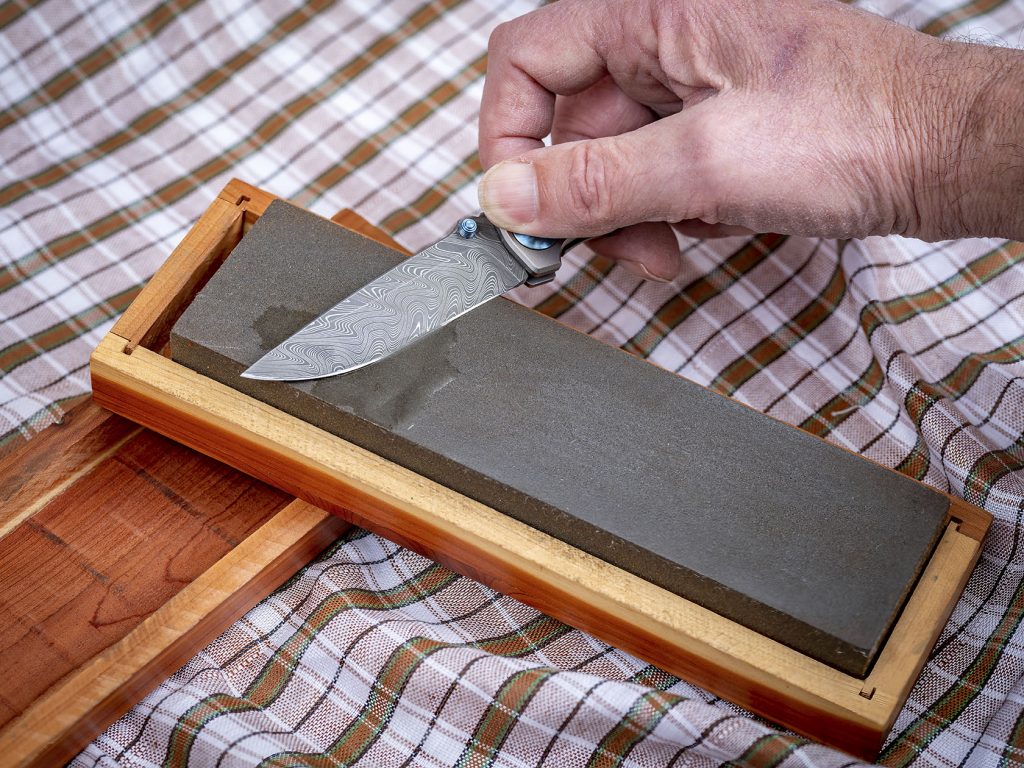We’ve all been there: you find an old knife rattling around in a toolbox, buried in a junk drawer, or handed down from your uncle who swears it “just needs a little TLC.” The blade is pitted, the edge couldn’t slice warm butter, and the handle feels like it’s seen better decades.
But here’s the thing—many of these forgotten warriors can be brought back to life. The trick is knowing when to put in the work… and when to give that old blade a respectful retirement.
Step 1: The Rescue Assessment
Before you grab the oil and whetstone, take a good look at the knife:
-
Blade Condition: Surface rust? No problem. Deep pitting or cracks? That’s trouble.
-
Handle Health: Loose scales can often be re-pinned or replaced. If it’s missing half the handle… well, it’s now a “project knife.”
-
Sentimental Value: Grandpa’s old hunting knife gets more grace than the $5 flea market find.
Think of this as triage for knives. Some will be heroes; others, honorable casualties.
Step 2: Cleaning and Rust Removal
Surface rust and gunk are common with neglected knives. A little mineral oil, fine steel wool, and elbow grease will do wonders. Just go slow—you want to clean, not sand it down to a toothpick.
Pro tip: For carbon steel blades, a light patina actually protects against rust. Don’t scrub away the knife’s entire life story.
Step 3: Sharpen Like You Mean It

A neglected knife usually has an edge as dull as a spoon. Time to reprofile that blade. Start with a coarse grit if the edge is really bad, then work your way finer until you can shave hair (or at least slice a tomato without squishing it).
If sharpening feels overwhelming, a guided system like a Work Sharp makes life easier—and safer.
Step 4: Handle Love
Wood handles appreciate a little mineral oil. Synthetics? A simple scrub will do. If the handle is beyond saving, consider replacement scales or wrap it in paracord for a rugged DIY look.
Step 5: When to Say Goodbye
Some knives just aren’t worth the effort—too brittle, too far gone, or made from mystery steel that won’t hold an edge no matter what you do. It’s okay to retire a knife with dignity. Hang it on the wall, turn it into a letter opener, or give it a Viking funeral (metaphorically speaking).
Your Turn: Rescue or Retire?
What’s the oldest or most beat-up knife you’ve ever brought back from the brink? Or did you finally give one the retirement it deserved? Share your stories—we want to hear about your knife rescues (and the ones that got away).





Leave a Reply